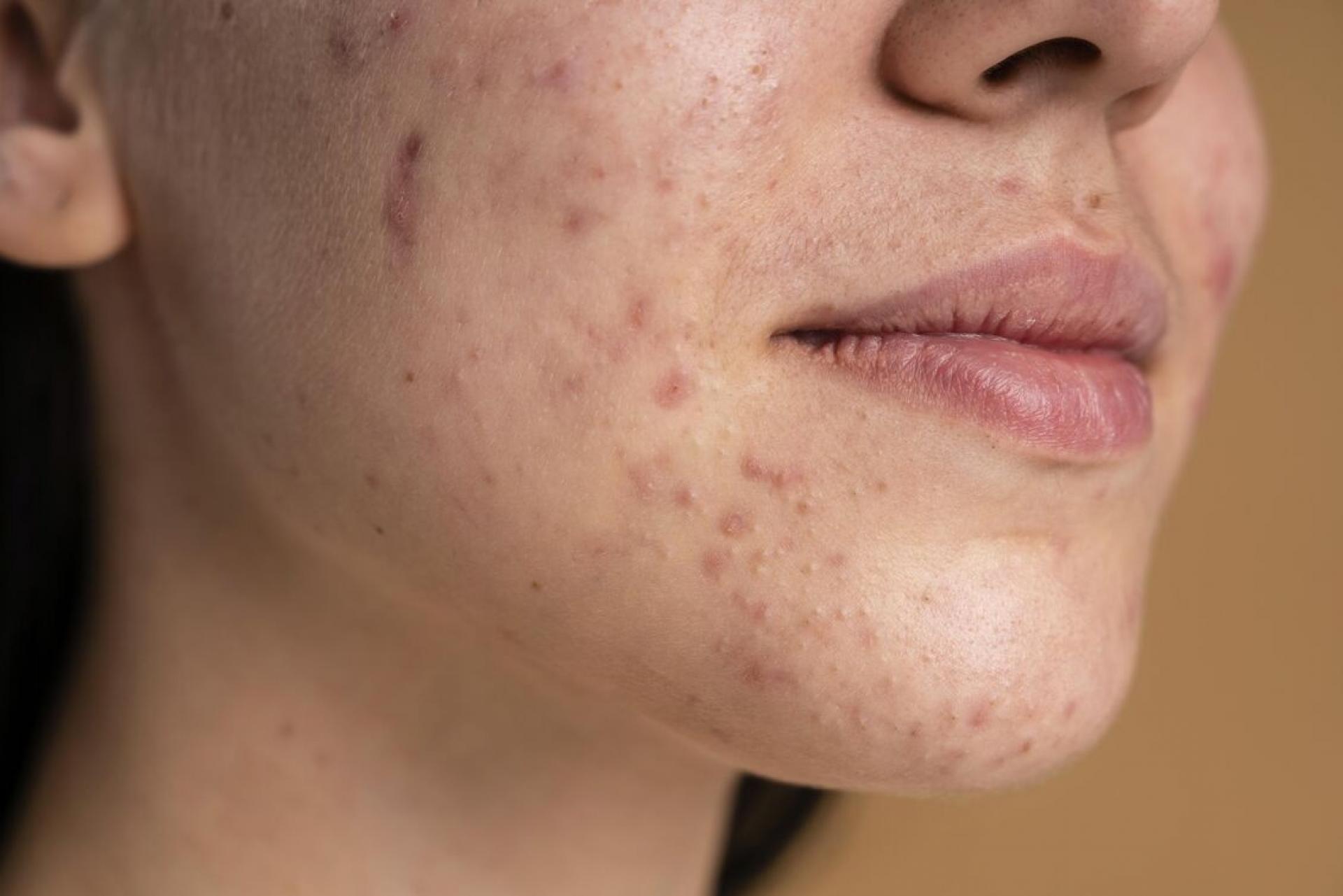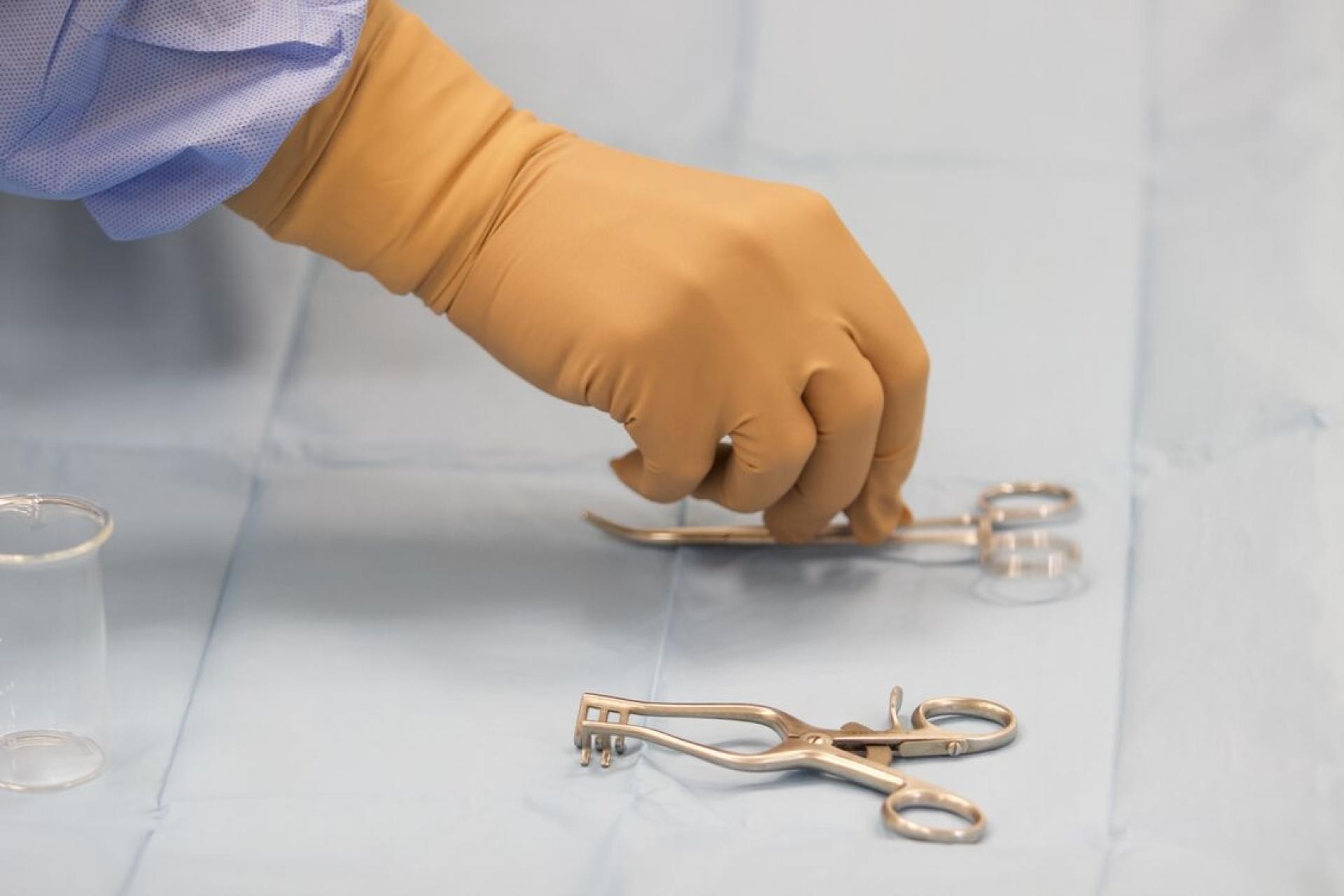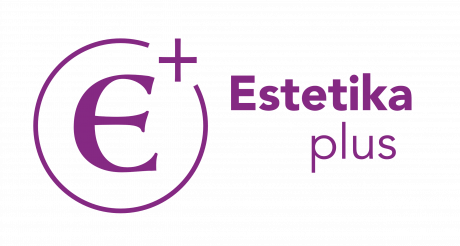Scar removal
Scars on the body or face can be a significant aesthetic problem. Whether they arise from an injury, surgery, acne or other skin disease, they often disrupt the natural appearance of the skin and reduce self-confidence. Fortunately, medicine today offers a number of effective methods to remove scars, soften them or significantly reduce their visibility.
What exactly does scar removal mean
Removing scars does not always mean completely erasing them. Most often, it is a significant improvement in appearance – smoothing the texture, unifying the color and reducing the depth or height of the scar. Modern procedures use advanced technologies that specifically support the natural regeneration of the skin and the restoration of its structure. By stimulating the production of collagen and elastin, the skin becomes smoother, more elastic and aesthetically more natural. This process requires patience, as the full effect occurs gradually over several weeks to months. However, the results are worth it – the scar becomes less visible and the skin acquires a healthier and more harmonious appearance.
Why scars form and how they differ
A scar is a natural result of the body's healing after any skin injury. When the integrity of the skin is disrupted, a complex regeneration process is triggered. The body creates new connective tissue that gradually replaces damaged cells and closes the wound. The quality and final appearance of a scar is influenced by several key factors – the depth and size of the injury, the type and elasticity of the skin, the patient’s age and genetic predisposition. While some scars remain thin, flat and pale, others may develop as raised, red or sunken in. It is these differences that are crucial when choosing the most appropriate scar correction method, as they allow the therapy to be precisely targeted to the specific needs of the skin.

Types of scars and their characteristics
Each type of scar requires a specific approach. Correct diagnosis is the first step to successful scar removal. The most common types include:
- Acne scars – small dimples or bumps, often in the face
- Surgical scars – straight or curved lines after operations, such as after a cesarean section or appendectomy
- Hypertrophic scars – raised, red, but limited to the original area of injury
- Keloid scars – overgrown, hard, often spreading to the surrounding area
- Atrophic scars – sunken, typical of chickenpox or deep acne
The specialist will assess not only the appearance, but also the age of the scar, its elasticity and reaction to previous treatment. Based on this, he will suggest the optimal strategy.
The most effective methods of scar removal
Today, there are a number of proven procedures. Each method has its advantages and is suitable for a different type of scar. They are most often combined for maximum effect.
Laser scar removal
Laser therapy is one of the most sought-after methods, because laser scar removal allows precise targeting of the problem area. The targeted beam penetrates the deeper layers of the skin, removes damaged tissue and at the same time stimulates the formation of new collagen. The result is visible after the first treatment, when the scar begins to fade and smooth out. The laser is effective on most scars - from superficial to keloid. The treatment takes 20 to 60 minutes, is minimally painful thanks to local anesthesia, and recovery is quick, usually within a few days.
Microneedle radiofrequency (Morpheus 8)
This technology combines microneedles with radiofrequency energy, with Morpheus 8 allowing precise control of the depth and intensity of the treatment. The needles penetrate to a precisely defined depth, where the heat stimulates collagen remodeling and skin structure renewal. The method is ideal for deep acne scars, surgical scars and stretch marks. It significantly improves skin elasticity and texture. The advantage is minimal surface damage and rapid healing.
PRP therapy – the power of your own plasma
The method uses plasma rich in growth factors. When applied to the scar, it stimulates healing and collagen formation. It is gentle, natural and particularly suitable for acne scars or minor surgeries. It is often combined with laser or radiofrequency.
Surgical scar correction
For large, deep or poorly healing scars, surgery may be necessary. The scar is cut out and the skin is carefully sutured so that the new scar is as little visible as possible. This method is used only in justified cases.

Advantages of professional scar removal
Modern methods bring a number of benefits that home care cannot offer:
- Significant softening and smoothing of scars
- Unification of skin color and texture
- Minimal risk of complications
- Short recovery
- Possibility of combining methods for better results
The treatment is tailored to your skin type, age and health. An individual plan increases success.
Who is scar removal suitable for
Most people can safely undergo scar removal, whether they are younger or older clients. The ideal time to start treatment is after the wound has completely healed - for fresh scars, usually after 6 to 12 months, when the tissue is stabilized and the risk of complications is minimal. For older scars, treatment can be started at any time, because even long-standing marks can respond to modern therapy.
The methods are designed to be safe for both light and darker skin, thanks to the precise setting of parameters according to phototype. The key step is always a professional consultation, during which the doctor thoroughly examines the skin, assesses the condition of the scar and excludes any contraindications - for example, active acne, skin infections, pregnancy or the use of certain medications. This individual approach ensures not only safety, but also maximum effectiveness of the result.
How the scar removal process works step by step
Each client goes through a carefully designed process that begins with a thorough consultation with an examination of the scar, taking a medical history and photo documentation. Based on this, the doctor draws up an individual treatment plan, including the choice of method, number of sessions and timetable. The treatment itself is carried out with maximum emphasis on your comfort and precision. After each procedure, you will receive precise instructions for home care, especially sun protection. Following the recommendations significantly increases the overall effectiveness of the treatment.
The path to smoother skin
Scar removal is a path to restoring the harmony and self-confidence that your skin deserves. Advances in aesthetic medicine make it easier than ever to achieve a smooth, natural look. Each treatment is carefully tailored to your unique needs, whether it’s a subtle correction or a comprehensive restoration. The key to success is trusting in the experts who will help you push past your past limitations and reveal a new quality to your skin.
Interested in scar correction? Don’t hesitate to contact us.
